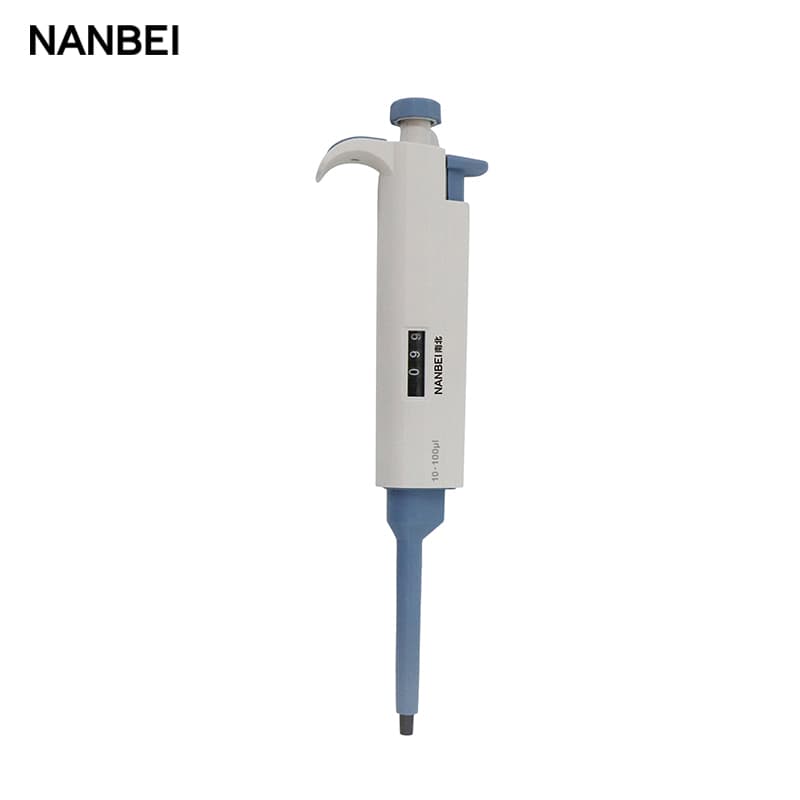-
 +8615890068607
+8615890068607
-
 +8615890068607
+8615890068607
-
 bella@nanbei-china.com
bella@nanbei-china.com
 Mobile:+86 15890068607
Mobile:+86 15890068607
Pipettes are a commonly used laboratory tool to transfer liquids with precision. It usually consists of a tube body and a piston with adjustable capacity. Pipettes can be used to measure and transfer various volumes of liquid, from microliters to milliliters.

Tips for using PCR laboratory pipette:
1. After using the pipette, adjust it to the maximum capacity and hang it on the pipette holder;
2. After absorbing liquid or when there is liquid residue, it is prohibited to place the pipette horizontally to prevent the liquid from flowing back and corroding the pipette;
3. When absorbing highly volatile liquids, rinse the pipette tip several times before aspirating the sample. After absorbing the liquid, tilt the pipette slightly to prevent it from dripping, and the transfer process should be fast (Note: this only refers to the process of transferring the liquid to the sample container after absorbing it, not the process of absorbing and releasing the sample);
4. For liquids with strong viscosity, when aspirating the sample, the pipette tip should be extended under the liquid surface for a while, and the speed of sucking and setting out must be slow (you can use scissors to cut off a small part of the pipette tip before sucking the sample, so that it is easier, but don't cut too much, or the liquid will come into direct contact with the pipette and cause damage).
The use of adjustable pipettes can help laboratory workers accurately distribute and transfer liquids during experiments to ensure the reliability and repeatability of experimental results. The capacity of the pipette is usually adjusted as needed and the capacity can be selected to suit the required liquid volume.
Previous: No Information